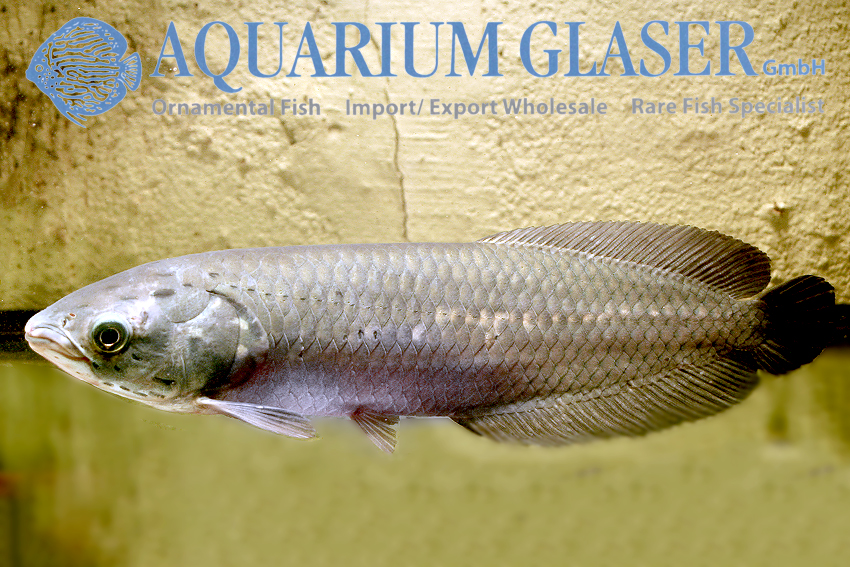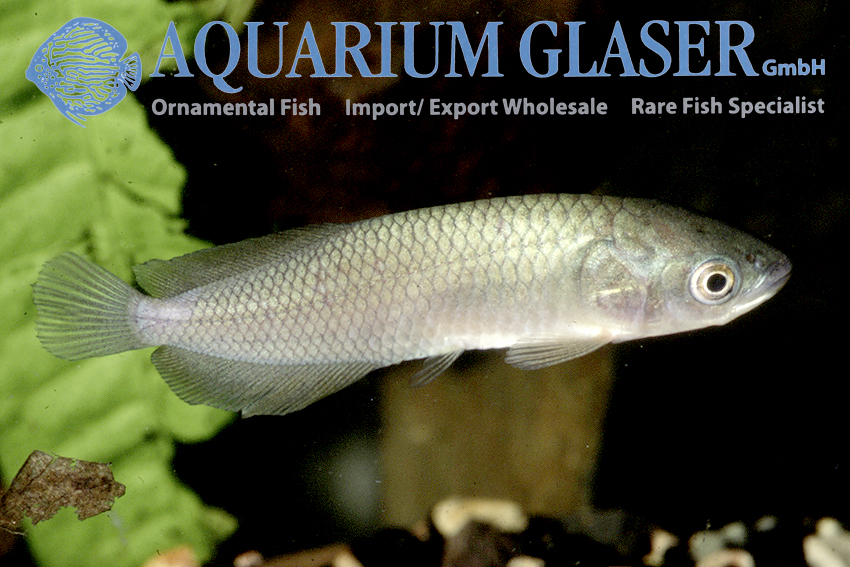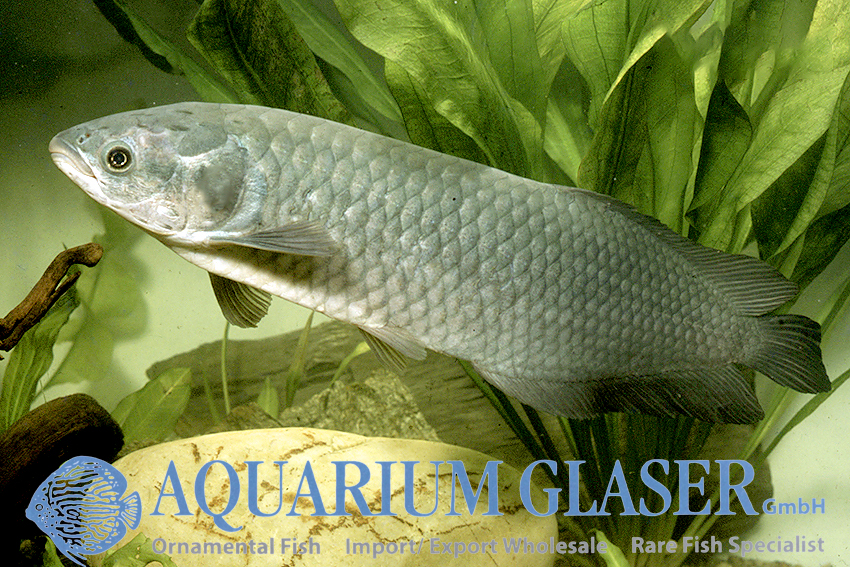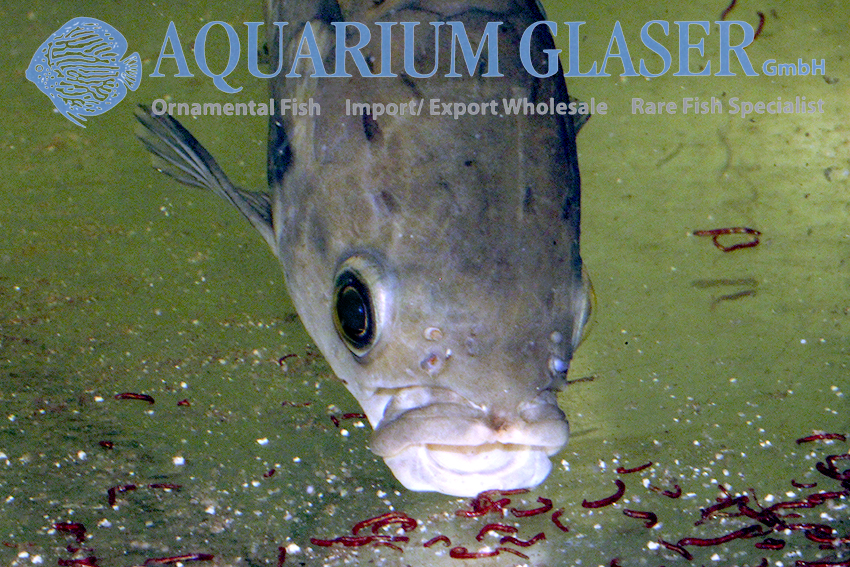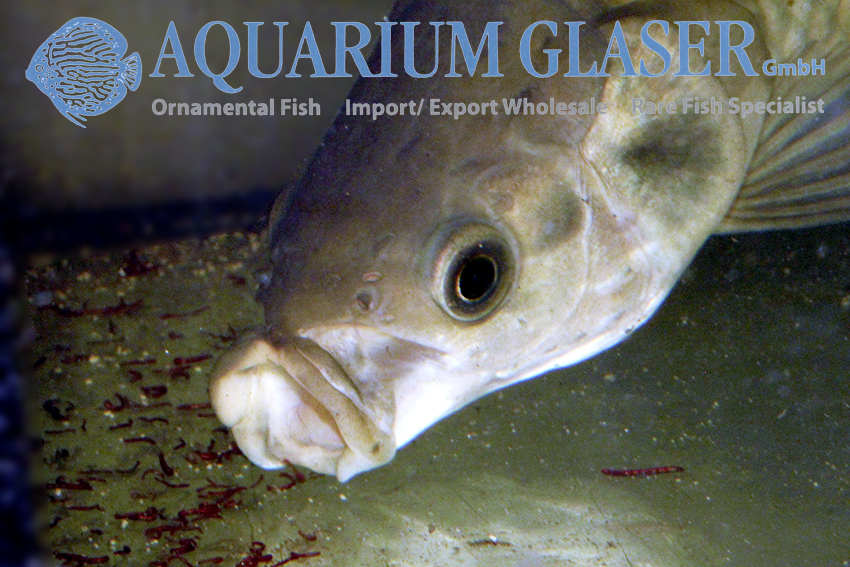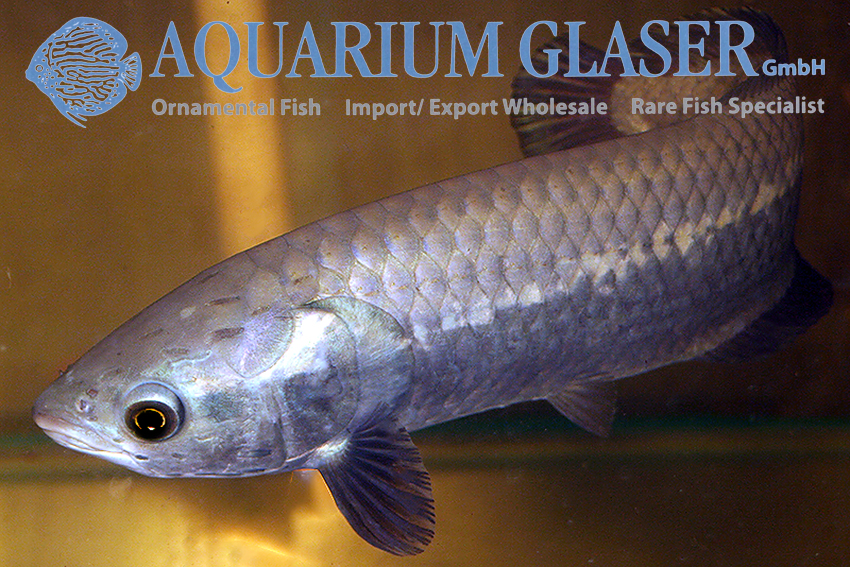Loricaria simillima has a very wide distribution in South America. It is found in the Orinoco-, Amazon- and La Plata basins. A result of this large area many different color forms are known, which differ clearly regarding coloration and pattern. The species occurs in different water types. Black water forms are more demanding in maintenance and breeding than fishes originating from white water. For keeping them middlehard water with a pH of 6 – 8 and temperatures between 24 – 27°C is sufficient. As omnivorous fishes they are rather undemanding in their nutrition, tablet food, flakes and frosted food are accepted. The aquarium should have a sandy soil, some dark corners made by stones and bogwood increase the comfort for the fish. With a total length of 25 cm they should be kept in not to small tanks, they are mouthbrooders, the male guards the eggs and larvae.(Photo F. Schäfer, Text K. Diehl)
For our customers: the fish have code 266653 on our stocklist.Please note that we exclusively supply the wholesale trade.
Lexikon: Loricaria: from the Latin word „lorica“which is the chest protector of the Roman legionnaire, eg „one that wears a chest protector“. simillima: Latin, means “very similiar”, which refers to the similarity of the species to L. cataphracta.
Suggestion of a common name: Royal Whiptail Cat
| Angaben zum Tier |
| Herkunft |
Zentrales Südamerika |

























 In the last years some quite difficult to classify new species of characins arrived from Paraguay. Usually they belong to the genera Creagrutus, Hemibrycon and Piabarchus. As a common characteristic a high swimming activity can be called for all species of this relationship. They need thus tanks, with a large free swimming area. Thus long stretched aquaria are ideal for them. There a strong current can be produced with the help of a centrifugal pump, in which they can organize their “swimming contests”. They like to jump, a complete cover helps to avoid losses. According to their origin they do not like it durably hot, an unheated aquarium is very pleasant and preserve the purse of the owner. They do not place increased requirements on their nutrition, living and frosted food are preferred, but they can also be fed with flake food.(Photo F. Schäfer, Text K. Diehl)
In the last years some quite difficult to classify new species of characins arrived from Paraguay. Usually they belong to the genera Creagrutus, Hemibrycon and Piabarchus. As a common characteristic a high swimming activity can be called for all species of this relationship. They need thus tanks, with a large free swimming area. Thus long stretched aquaria are ideal for them. There a strong current can be produced with the help of a centrifugal pump, in which they can organize their “swimming contests”. They like to jump, a complete cover helps to avoid losses. According to their origin they do not like it durably hot, an unheated aquarium is very pleasant and preserve the purse of the owner. They do not place increased requirements on their nutrition, living and frosted food are preferred, but they can also be fed with flake food.(Photo F. Schäfer, Text K. Diehl)

















